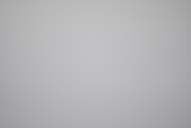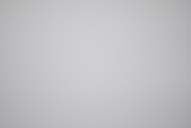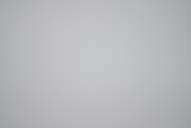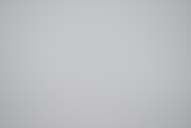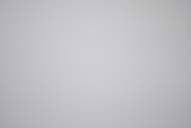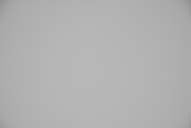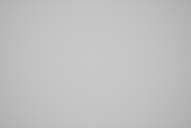Home Search Gallery How-To Books Links Workshops About Contact
Nikon 50mm
Lens Comparison
© 2006 KenRockwell.com
Index of individual test pages FALLOFF Most lenses have slightly darker corners at large apertures. This is normal, and can be used for artistic effect. Darkened corners focus the viewer's attention towards the center of the image, often making stronger images. Lens designers shoot for completely even illumination. In reality, all normal lenses have even illumination at medium and small apertures, and may have darker corners at the very largest apertures. Here's what I found on my digital D200. You will see more falloff on film, since film is bigger than a digital sensor and will pick up the farthest corners not used in digital.
ANALYSIS Forget this page. A half stop or less is invisible in photography of anything other than blank walls. Every lens here, when stopped down at least a stop, has much less than that. If you care, all these lenses are almost identical. If I had to spilt hairs among fixed lenses wide open, the Zeiss is minutely the worst, and the 55 Micro is best. They are too close to call when stopped down. The 18 - 200 VR is the worst wide open, but give it a break: it's the only lens here designed to cover only the DX digital sensor while all the others are designed to cover the older, larger 35mm film size. We're only looking at the middle of the image on all the other lenses. Stopped down a half stop to f/5.6 the falloff becomes insignificant. Note that at f/2 the f/1.8 AF is only stopped down 1/3 stop, not a full stop as the f/1.4s. At f/2.8 it's only stopped down 1-1/3 stops, not two, as the other f/1.4 lenses. Stop for stop, the f/1.8 is the same as the others. I portray it at a disadvantage here, tallying it by absolute stop, not relative. METHOD I shot an Expodisc lit by direct sunlight. I made manual exposures. I measured the lightest and darkest values in every image, a pain. Oddly the brightest points were never in the exact center. I then converted binary representations of gamma 2.2 values to decimal representations of log 2 values. PLUG I spent almost two months shooting and writing this comparison of 50mm lenses. No one pays me for this. If you find this as helpful as a book you might have had to buy or a workshop you may have had to take, feel free to help me write more with a donation. Thanks for reading! Ken Next: Use on Film Cameras |
Home Search Gallery How-To Books Links Workshops About Contact



